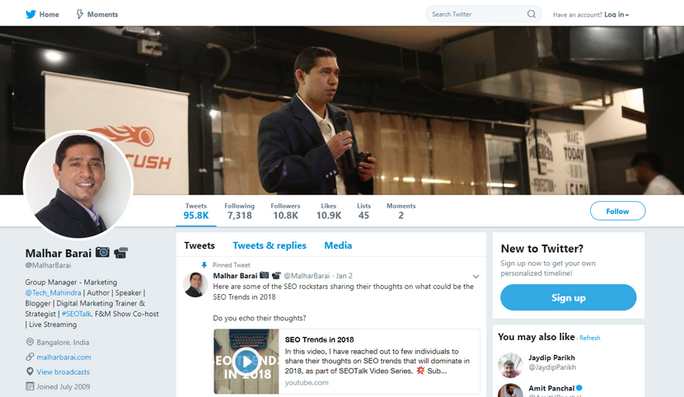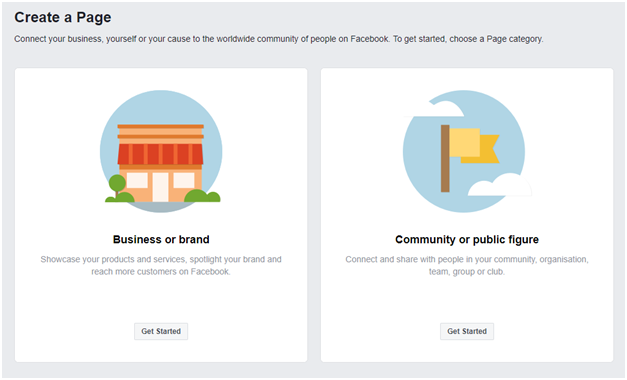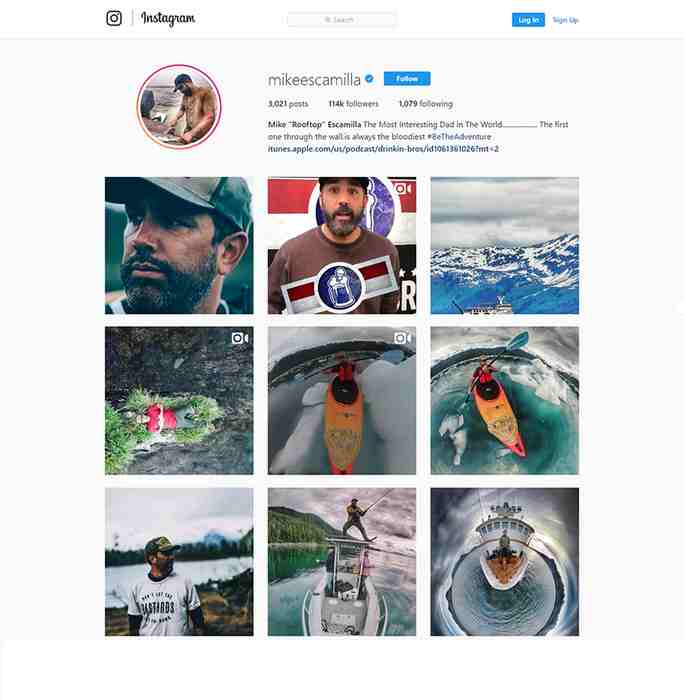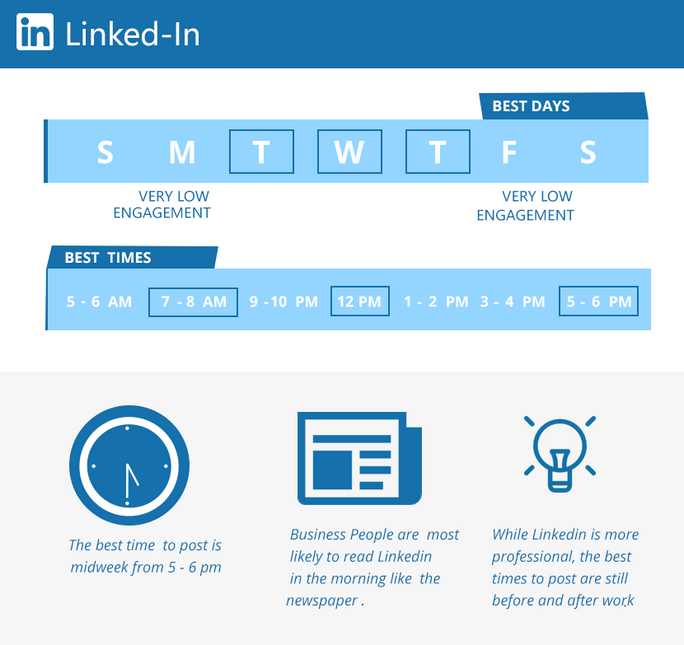Building a personal brand can do wonders for your current and future business endeavors. It’s about more than just being a recognized name and face. However, using social media as a building block for your personal brand is about creating trust, understanding, and forming a personal connection with your audience. It plays a crucial role in building your presence in your industry.

Be sure to set your intentions and goals before you dive into any social media platform. Conversations revolving around information, advice, or questions about businesses make up three-fourths of the brand conversation on social media. Hence, positioning yourself as a reliable source of advice and knowledge is a great way to jump into these conversations. Further, collaborative posting by a like-minded group of people can help build a great online reputation for an organization or community on social media.
Find a method that is true to you and the image you want to convey, then find the right avenue that fits with your plan. Here are some advanced specifics on how you can leverage major social channels for building your personal brand.
1. Personal Branding on Twitter
The thing most people love about Twitter is the interaction it allows and encourages. Celebrities, musicians, comedians, and even presidents can share their thoughts and opinions, while the entire world is welcome to chime in. Since the site is so fast-paced, people expect quick responses and replies on Twitter, usually within two hours or less. For this reason, always keep an eye on your brand mentions and try to engage with meaningful responses.
For example, Malhar Barai, my co-host for the #SEOtalk twitter chat, is a Group Manager for Marketing at Tech Mahindra. But he has painstakingly built his individual profile on Twitter as an SEO industry thought-leader. He regularly shares new updates and takes part in Twitter conversations with experts in this area.

Since Twitter gives everyone the power to comment or share their opinions, it has unfortunately become a breeding ground for cyber-bullying and online trolling. It is quite likely you will encounter some as you build your brand, so be sure you understand when and how to respond.
2. Personal Branding on Facebook
High-engagement is imperative when it comes to Facebook. Thanks to the updated Facebook news feed algorithm, brand new content doesn’t necessarily guarantee a spot in people’s newsfeeds. Instead, Facebook is now focusing on ranking posts on interest and engagement, suppressing less popular stories and highlighting more interesting content. Therefore, it is important to focus on quality over quantity, otherwise your posts can easily get lost in the noise. Consider incorporating tactics like live-streaming into your strategy.

Content becomes compelling based on what the viewer gets out of it, not just what it does to promote your brand. People share content that
- connects them with their friends (think memes or funny cat videos)
- aligns with their personal beliefs and encourages action (political posts or information about charities)
Tap into the mind of your audience and learn what they like. For example, men and women prefer different content, and the same goes for various age groups. Keep this in mind when you are creating content for Facebook, and always focus on the intrinsic value you provide to your followers.
Since Facebook is the most popular social media site in terms of daily use, make the most out of it by using it as a marketing tool to promote your brand. Share links to your blog, website, and other social media accounts to gain more traction on your other sites. It’s important to stay fairly active on Facebook if you want to grow your engagement. Most studies have concluded that posting around twice a day will get you the best results.
3. Personal Branding on Instagram
Instagram has shown an amazing potential as a highly-profitable sales channel. In fact, 30% of users have bought an item they were introduced to through the network.
Obviously, the platform is focused around visual content, but it is important to focus on using strategic hashtags too. Hashtags create communities and threads while allowing you to attract followers from all over the world. 70% of all hashtags are associated with brands, and they can lead to impressive increases in engagement. Just adding a single hashtag to your post can boost likes by up to 13%!
When it comes to personal branding, it is critical to be authentic – all your posts should be closely related to what you do in your personal and professional life. You also need to maintain a central theme for your images, otherwise they’ll seem all over the place. Without any ‘text’ to explain what you mean, you could easily confuse your followers.

Getting creative and shooting your own pictures or videos requires more effort, but it provides a sense of authenticity that your followers will appreciate and relate to.
Most studies recommend just one to two posts on Instagram a day for optimized engagement.
However, Instagram is not just limited to posts. You can also create Instagram Stories that will complement your posts. This way you aren’t just dependent on regular posts for engaging with your followers. Use an Instagram management tool to maintain consistency and showing your brand to be active at all times.
Instagram stories seem to be friendlier for business promotions than Snapchat, since you can post links and hashtags into the story or through the “swipe up” option for extra traffic boosters.
Instagram is an evolving platform and it is crucial that you use its new features in an effort to showcase your personal brand better.
4. Personal Branding on LinkedIn
It pretty much goes without saying that LinkedIn is the ideal platform for professional networking and business connections. Therefore, using LinkedIn to build a personal brand is indispensable. However, it does come with limitations and probably should not be your only channel for social networking.
LinkedIn is all about who you know and what you know, so focus on creating an impressive profile that highlights your strengths. Don’t think of the site as, just a way to make your resume public and brag about your accomplishments; LinkedIn is a marketing tool to advertise yourself and your brand. Ask your co-workers, superiors, and friends to endorse your skills to build up your repertoire. Getting such recommendations is the best way to build yourself and your brand.
Little details are important on LinkedIn. For instance, using a professionally shot profile picture gets an account up to 21 times more views than an amateur photo. Since most active LinkedIn users are also business professionals, it is important to post insightful content at peak times during the week when accounts are more active on the site. Tuesdays, Wednesdays, and Thursdays are best, especially during lunch hour or right when people are leaving their offices.

Always be sure to include links to your website whenever you share something on LinkedIn. 94% of B2B marketers use LinkedIn to distribute content. So share links from blog posts or other web content to introduce your network to your brand outside of LinkedIn.
Personal Branding on LinkedIn requires you to constantly share your content, experience, stories, and learning. But you may not have enough time to login to your LinkedIn account, write a long post and share it with your business community. Therefore, LinkedIn Marketing tools like SocialPilot can help you post content on your LinkedIn pages and profiles too.
5. Personal Branding on Snapchat
On track to become the next hottest social media platform, Snapchat has evolved from a picture sharing app for teens to an all-out global phenomenon. With a hold on nearly 20% of the US population (and increasing in numbers year after year), lots of marketers are predicting Snapchat to be the next big platform in marketing.
One important thing to remember about Snapchat is the type of users it attracts. The majority of Snapchat’s users are still under the age of 25, although it is gaining popularity with older audiences, too. Failing to understand or consider your audience is a major mistake if you want to use Snapchat to build a brand, since not every demographic uses the network.
Jessica Zweig outlines here how she built her personal brand by marketing herself on Snapchat.

In order to succeed on Snapchat, you have to produce captivating visual content. Snapchat is offering big-time opportunities for individuals to build a brand and create a loyal customer following. Things like hosting account takeovers, creating mini-movies in your story, or using custom filters for promotion, are all great features that are highly effective on Snapchat right now. You must decide what quality you want your brand to be known for:
- Are your videos funny?
- Do they talk about interesting things?
- Are they personal or professional?
Whatever you decide, make sure you remain true to your brand with the content you put out.
6. Personal Branding on YouTube
While it doesn’t fit the same social media mold as the other platforms, YouTube is still a valuable channel to use when creating a brand. Video marketing is one of the best forms for building brand recall online.
You’ve no doubt heard about all the vloggers who’ve earned millions simply by posting unboxing videos or playing video games on YouTube! Take a look at Jacksepticeye, who calls himself the “most energetic video-game commentator on YouTube”:
If a picture is worth a thousand words, then how much more is a video worth? Well, about 1.8 million per minute, according to marketing experts. Consumers love watching and sharing videos; in fact, online videos make up for 33% of internet activity these days.
Notwithstanding Facebook’s live video onslaught, YouTube is preferred over Facebook for video consumption by every single age group. You should still share on YouTube any video content you generate on your other social media networks for the widest reach.
Incredible amounts of content are uploaded every minute on YouTube, so again, you need to stand out from the crowd. Consider the type of content your audience tends to consume or what information they seek. How-to and tutorial videos are a great way to showcase your own personal skills and provide valuable information for your followers.
In Conclusion
From business opportunities to incredible connections and personal growth, building a personal brand can take your career to the next level. Using social media to create a connection with your audience online is instrumental in developing your personal brand, but be sure to use it wisely and strategically.
You don’t need to use EVERY social media site out there, but you shouldn’t put all your eggs in one basket, either. Find a balance, be willing to experiment with new tactics or channels and always be authentic to your brand with everything you post.
A few quick things to remember:
- Set a clear goal. Define objectives that lead you to what you want to achieve and what you want to be.
- Be consistent with your use of profile photos, usernames, color combinations.
- Stay away from controversies.
- Don’t just keep sharing news about your company or industry; people are more interested in knowing about you, your thoughts, your experiences, and your interactions with other leaders.
- Try to make a group with the people of similar interests, spend time with the people you want to interact with, and share their insights with your fans.
- Be what you are. Think about what you’d want to see if you were your own fan.
- Don’t wait for the right time.
- Be persistent for a pre-set duration of time, regardless of the ROI you’re getting meanwhile.
Good luck!



